Aso-Oke Fila
£16.00
The Aso-Oke Fila is a handcrafted hat that embodies Yoruba heritage and pride. Made with traditional craftsmanship, it’s not just a fashion accessory, but a connection to centuries of culture and identity. Whether you’re part of the Yoruba community or a lover of African fashion, the Aso-Oke Fila adds a meaningful touch of history and artistry to any wardrobe.
The Aso-Oke Fila is not merely a hat; it is a symbol of heritage, pride, and artistry deeply rooted in Yoruba culture. Handcrafted with meticulous care, each Fila (Yoruba for hat) represents centuries of tradition, craftsmanship, and identity. For those unfamiliar with this remarkable accessory, the Aso-Oke Fila is more than just a fashion statement—it is a piece of history, a connection to the past, and a vibrant expression of Yoruba culture.
The Essence of Aso-Oke
Aso-Oke, meaning “top cloth” in Yoruba, is a traditional handwoven fabric originating from the Yoruba people of southwestern Nigeria. Renowned for its durability and intricate patterns, Aso-Oke is typically used to create various traditional garments, including the Fila. The fabric is made from a blend of natural fibers, often including cotton and silk, which are dyed in vibrant colors and woven into elaborate designs. The resulting material is rich in texture and strong in presence, making it the perfect medium for a regal and enduring headpiece.
Craftsmanship and Design
Creating an Aso-Oke Fila is an art form that has been passed down through generations. Each hat is crafted by skilled artisans who employ traditional weaving techniques that have remained unchanged for centuries. These artisans begin by selecting the finest threads, which are then dyed using natural dyes to achieve the desired colors. The dyed threads are woven on traditional looms to create the distinctive patterns and textures of Aso-Oke fabric.
The weaving process is both intricate and time-consuming, often taking several days to complete a single piece of fabric. Once the fabric is ready, it is carefully cut and sewn into the shape of a Fila. The design of the Fila can vary, ranging from simple and understated to elaborate and ornate, reflecting the wearer’s personal style and the occasion for which it is worn. Common motifs include geometric patterns, floral designs, and symbolic representations that hold cultural significance.
Cultural Significance
The Aso-Oke Fila is more than just a stylish accessory; it is a symbol of status and identity within Yoruba society. Traditionally, the Fila is worn by men on special occasions such as weddings, festivals, and ceremonies. It signifies respect, honor, and a connection to one’s roots. The hat is often paired with other traditional garments, such as the Agbada (a flowing robe) and the Buba (a loose-fitting top), creating a complete ensemble that exudes elegance and dignity.
In addition to its cultural importance, the Aso-Oke Fila also serves as a medium for storytelling. The patterns and colors chosen for the fabric can convey messages and tell stories about the wearer’s heritage, achievements, and aspirations. For instance, certain colors are associated with specific meanings: white symbolizes purity and peace, red represents vitality and power, and blue signifies tranquility and harmony. By wearing an Aso-Oke Fila, individuals can express their personal narratives and connect with their community on a deeper level.
Modern Adaptations
While the Aso-Oke Fila remains a cherished traditional accessory, it has also found its place in contemporary fashion. Designers and fashion enthusiasts have embraced the timeless appeal of Aso-Oke, incorporating it into modern styles and trends. Today, the Fila can be seen on fashion runways, at cultural events, and even in everyday wear, bridging the gap between tradition and modernity.
Contemporary designs often experiment with different shapes, sizes, and embellishments, making the Fila a versatile accessory that can complement a wide range of outfits. Whether worn with traditional attire or paired with modern clothing, the Aso-Oke Fila adds a touch of sophistication and cultural flair to any ensemble.
How to Care for Your Aso-Oke Fila
To ensure that your Aso-Oke Fila remains in pristine condition for years to come, it is important to take proper care of it. Here are some tips to help you maintain the beauty and integrity of your Fila:
- Storage: Store your Fila in a cool, dry place away from direct sunlight. To prevent it from losing its shape, consider using a hat box or a soft cloth to wrap it.
- Cleaning: Avoid washing your Fila with water or harsh chemicals. Instead, gently dust it with a soft brush to remove any dirt or debris. For stubborn stains, seek professional cleaning services that specialize in delicate fabrics.
- Handling: Handle your Fila with clean hands to avoid transferring oils or dirt onto the fabric. When not in use, place it on a clean surface or use a hat stand to maintain its shape.
- Travel: If you need to travel with your Fila, use a hat travel case to protect it from damage. Avoid placing heavy items on top of it to prevent crushing.
By following these care tips, you can preserve the beauty and cultural significance of your Aso-Oke Fila, ensuring that it continues to be a cherished accessory for generations to come.
| Weight | 0.15 kg |
|---|---|
| Style | Black, Navy Blue, Mustard, Maroon, Green, Royal Blue, Grey |
| Size | 23, 23.5, 24, 24.5 |
Only logged in customers who have purchased this product may leave a review.
You may also like…
Related products
Men
Eye-glasses
Men
Eye-glasses
Men










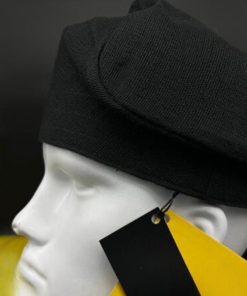
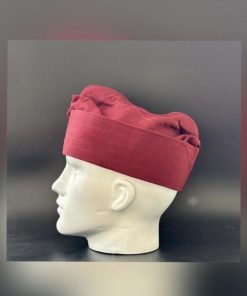

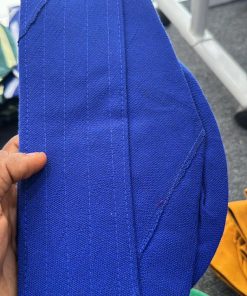

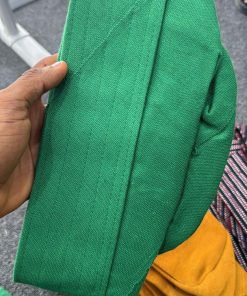


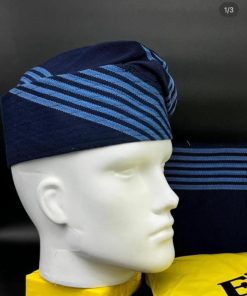
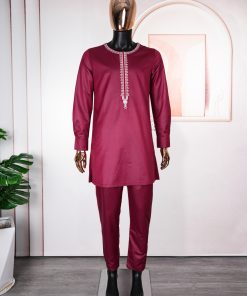


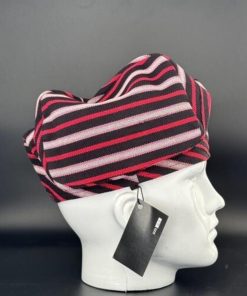
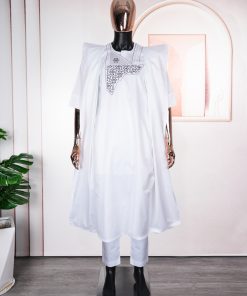
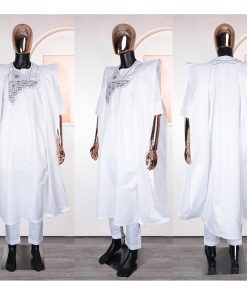

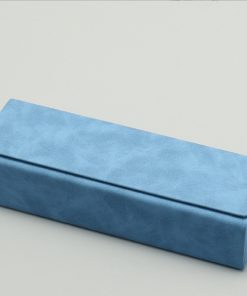
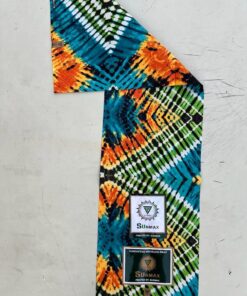

Reviews
There are no reviews yet.